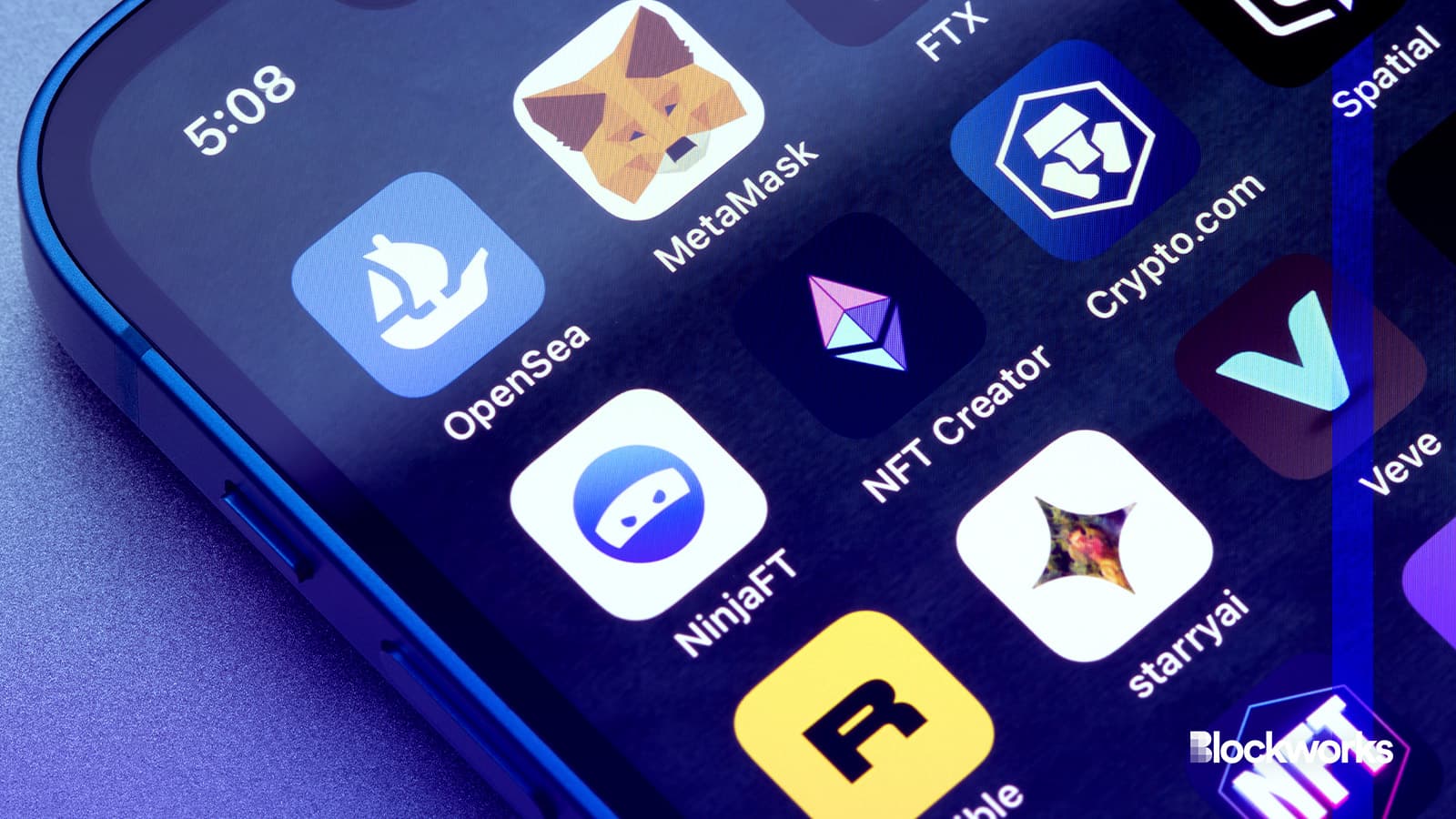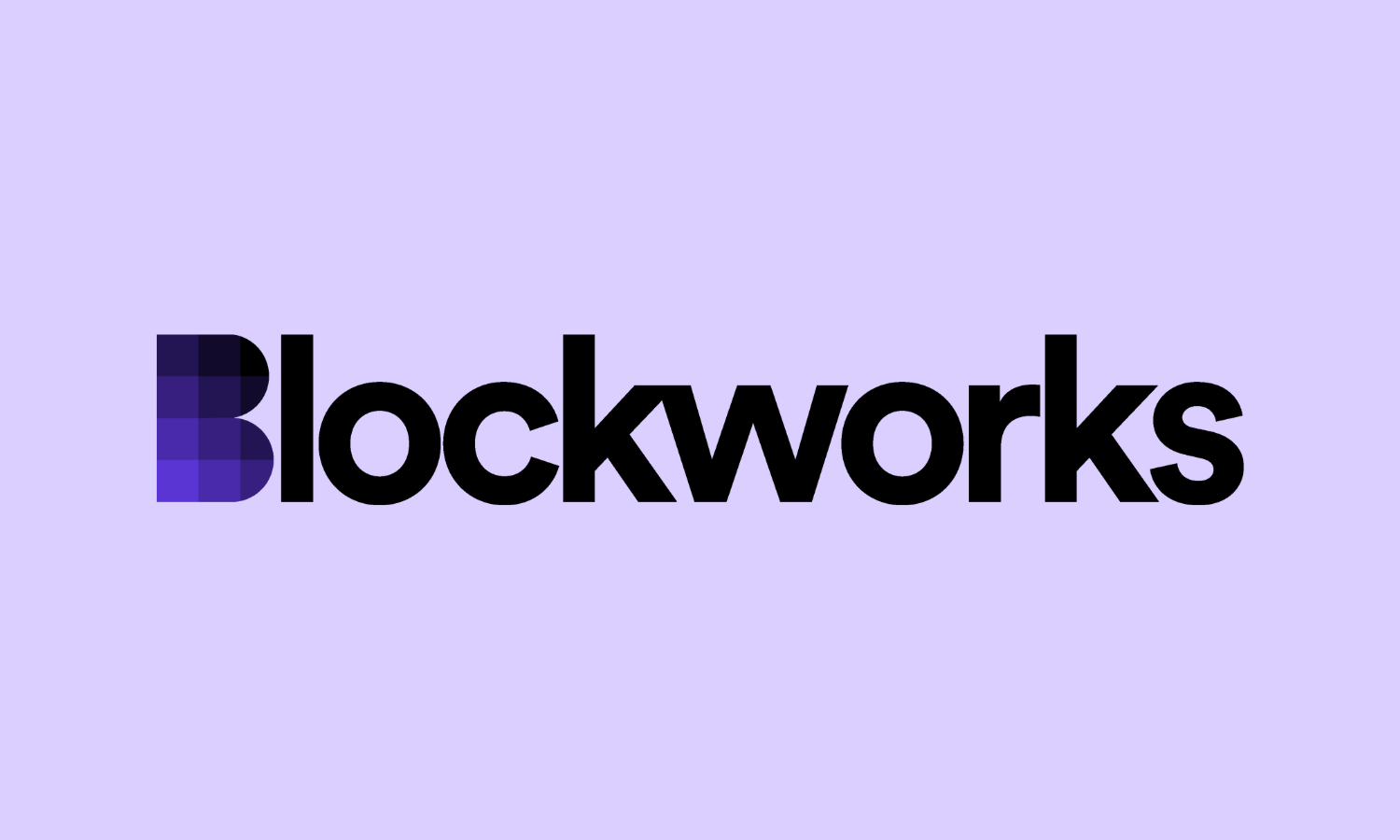Empire Newsletter: Here’s where all the crypto users really are

How many crypto users are there, really?It turns out that it’s quite hard to measure. An “active user” can mean all sorts of different things depending on the use case. Someone staking with MakerDAO for the yield is definitely an active user, for instance, but it’s murky at what point their “activeness” should be counted.Only counting users when they deposit and withdraw would ignore the most critical activity of all: not touching the crypto once it’s in. This provides some types of crypto apps with massive user counts, while others seem relatively unused by little fault of their own.We could use reported figures from widely popular apps as a proxy for the rest of the crypto space. MetaMask, for one, said it had more than 30 million monthly active users in February, almost an all-time high. But to MetaMask, an active user is anyone who either “loads a page within the MetaMask extension or opens the mobile app at least once during any rolling 30-day period.” Not all of those users actually used their crypto — and as you can see, we’re now back to our original problem.Token Terminal still gives it a stab. It says there were 88.6 million active addresses across all of crypto last month, with BNB Chain, Tron and Bitcoin making up about 40% of the total.Read more: Privy launches to ease onboarding to consumer crypto appsOne year ago, about 56 million monthly active addresses were recorded, representing nearly 60% growth year on year.Zooming into the app level shows where much of that growth has come from: DEXs, infrastructure protocols, onchain derivatives and decentralized social media.By number of raw active addresses, DEXs and related protocols have by far added the most: 6 million over the past year. That figure stands at 9.56 million as of April, led by Uniswap, PancakeSwap, 1inch and SyncSwap.Social media protocols and infrastructure apps have otherwise exploded by percentages: 2,100% and 1,150% over the past year. Social apps brought on an additional 100,000 active addresses year on year while infrastructure apps gained 670,000.Read more: Farcaster is marrying social media and Web3 to onboard the massesFarcaster, the network powering crypto-infused social media app Warpcast, had about 3,100 active addresses this time last year, while the past three months have averaged out to 90,000 (in Farcaster’s case, data was sourced from this Dune dashboard, not Token Terminal). Lens Protocol and ICP-powered OpenChat have also seen decent activity upticks. As for the infra apps, blockchain data indexing platform The Graph has nearly quintupled its monthly active address count over the past four months, from 14,100 in January to 66,800 in April. Last April, that figure came in at under 1,000. Worldcoin is also a standout, with active addresses surpassing 600,000 last month, practically double since January.NFT marketplaces, however, are losing ground. Nearly half a million active addresses were recorded on OpenSea and others in April last year. Last month saw less than half that, with OpenSea shedding 57% year on year. Zora is bucking the trend. It added close to 10% this year, rising from 72,200 in January to 78,600 last month.Read more: Web3 Watch: A16z-backed Scene Infrastructure Company hopes to show crypto is ‘not just money’Big picture: Trading remains the number-one crypto activity by far. The top 15 apps by active address count are, overwhelmingly, DEXs and bridges. But other, less finance-focused use cases are clearly gaining traction.— David CanellisAll square? Maybe not for Block.Jack Dorsey’s company reportedly faces a probe from prosecutors in New York, per NBC News. Prosecutors, thanks to a potential whistleblower, are digging into unreported transactions and alleged compliance lapses. Documents provided by a former Block employee allegedly show that Square and CashApp failed to collect enough information from customers, and that the company processed transactions that were subject to economic sanctions. The transactions include fiat and bitcoin. But the story doesn’t end — or, honestly, begin — there. NBC News reported in February that other whistleblowers filed a complaint with the Financial Crimes Enforcement Network earlier this year, alleging similar compliance faults. “Our compliance program includes systems, tools, and processes for sanctions screening, as well as investigating and reporting on sanctions issues in accordance with our regulatory obligations,” a Block spokesperson told NBC, though Block didn’t respond to our request for comment.Do some of these allegations sound familiar? If you keep up with short-sellers, then you’ll probably remember Hindenburg Research’s report on Block, which dropped in March of last year. While some of the report’s allegations may not come up with prosecutors — like the Maryland gang that goes by Cash App — Hindenburg said that the compliance approach “made it easy for bad actors to mass-create accounts.”Read more: Illicit actors are getting better at using crypto, Treasury tells Congress “Former employees described how Cash App suppressed internal concerns and ignored user pleas for help as criminal activity and fraud ran rampant on its platform,” Hindenburg’s report claimed.The short-seller didn’t mention the potential sanctions issues raised by the whistleblowers in NBC News, but that adds another layer to a potentially sticky situation for Block. If there’s any merit to the allegations, the company could face potential action from authorities and prosecutors. There are many unknowns in the land of crypto regulation, but New York has been steady in requiring compliance. In March, the SDNY DOJ charged KuCoin with unlicensed money transmission offenses.Of course, it’s far too early to speculate if Block will face repercussions — and what they could look like. But this is one that I’ll be closely watching.— Katherine RossEurope’s crypto regulatory footprint is about to get bigger. The European Parliament pushed through a number of crypto and Web3-related bills just before recessing late last month, a year after the Markets in Crypto Assets law passed.Lawmakers are hopeful that the package will fill some gaps in KYC and due diligence. You may recall MiCA being the overwhelmingly dominant topic of conversation in the fall and winter of 2023. Some say the law is a valiant first step in bringing regulatory clarity to the region, others say it leaves out essential parts of the industry (hi, DeFi). Now, a year later, EU member-states are taking some creative license when it comes to implementing the regulations. This approach, naturally, has led to some fragmentation. Read more: EU comes to provisional agreement to expand AML to crypto Enter the new legislative package. The latest basket of laws from the EU, as with MiCA, was widely anticipated to pass. Time will tell — literally, the laws take years to come into application — how member-states interpret the new policies. Here’s a breakdown of the possible changes:Negotiations are slated to continue with the EU Council after elections next month, so keep an eye out. — Casey WagnerCrypto thought leaders are negging memecoins these days. Vitalik says there’s nothing new or interesting about them, while, more recently, a16z execs Chris Dixon and Eddy Lazzarin have respectively said they represent gambling — not innovation — and cause damage to crypto.David: Smart dudes but boomer takes. Ignoring the fact that almost every cryptocurrency on the market today is a memecoin in one way or another (even bitcoin and ether), memecoins are by far the industry’s most effective stress tester.Without them, crypto loses its only consistent scaling benchmark: memecoin mania. Let ‘em rip.Katherine: I’ve heard this argument before, though it was used back when memestock mania dominated the market. If crypto’s really trying to be taken seriously, the memecoins — especially the racist and sexist ones —- don’t help. But one of the fun facets of crypto is that it’s not as stodgy as Wall Street.Unfortunately, though, we’re doomed to be dubbed the “Wild West” until we can put together some semblance of respectability (and proper regulation is established, duh). I’ll still be watching dogwifhat, though.— Katherine Ross, David Canellis

Published on Other News Site



















